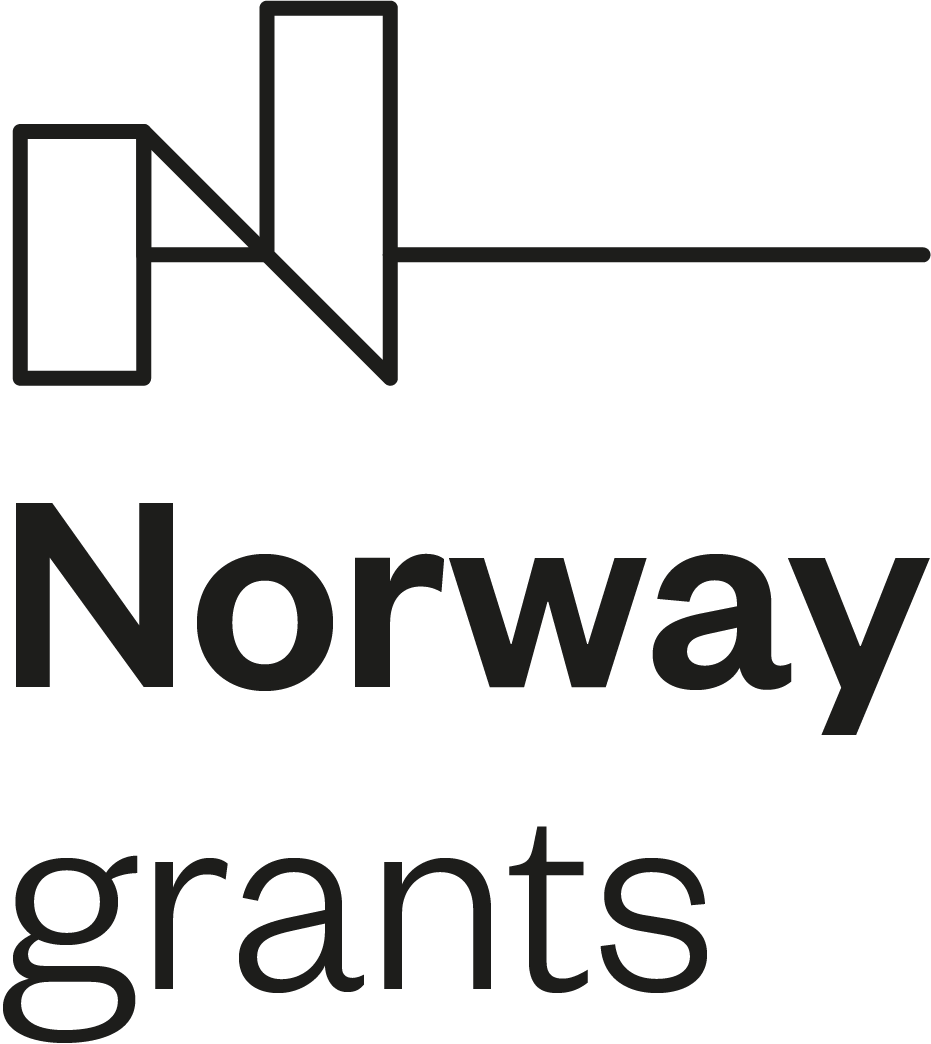We are working on
Pesticide-free zones in Snina
Pesticide-free zones have been established in the town of Snina. These are locations where we use the principle of nature-friendly solutions and maintenance of greenery. Pesticide-free zones refer to information boards that contain a lot of interesting information. Boards can be used in experiential education not only for schools and kindergartens, but also for the general public.
The pesticide-free zones in the city are located in these places:
- Park pri Domove pokojnej staroby
- Malý a veľký Vihorlatský park
- Park 1. mája
- Historický park
- Topoľová aleja
The aim of these measures is to preserve biodiversity, because biodiversity is of great importance in terms of sustaining life on Earth. Every animal, plant or microorganism has its important function and forms an irreplaceable link in the complex laws of nature. The greatest threats to biodiversity are the destruction of natural habitats, the expansion of arable land and pastures, deforestation and the expansion of built-up and mining areas. The city of Snina systematically tries to approach the protection of the environment with such measures.
To better preserve biodiversity, it is not enough not only to use pesticides but also to change the system of maintenance and care, ie the method of mowing. It is important to mow only by light mechanization, resp. manually, because when using heavy mechanisms, they arise when mowing on the surface of the track, which causes a change in the species composition of the communities.
Habitats can also be very diverse in the city: public gardens, private gardens, ponds, parks, forests, roads and alleys with trees, vast terrains, uncultivated land, railway surroundings, stream banks, not to mention green roofs, walls and terraces, facades and flowered balconies.
Public green spaces can be turned into a natural refuge for biodiversity. We can also help improve our climate if:
- we do not use pesticides or chemical fertilizers
- we let the plants grow spontaneously and not mow too soon, thus enabling the reproduction and diversification of plant species in which a large number of animals are hidden
- we will create a pond
- we will preserve a withered tree, the cavities of which will be welcomed by cave animals, or a pile of fields and rocks for small mammals, amphibians and various invertebrates
- we support native species
- we plant honey plants that attract many insects
